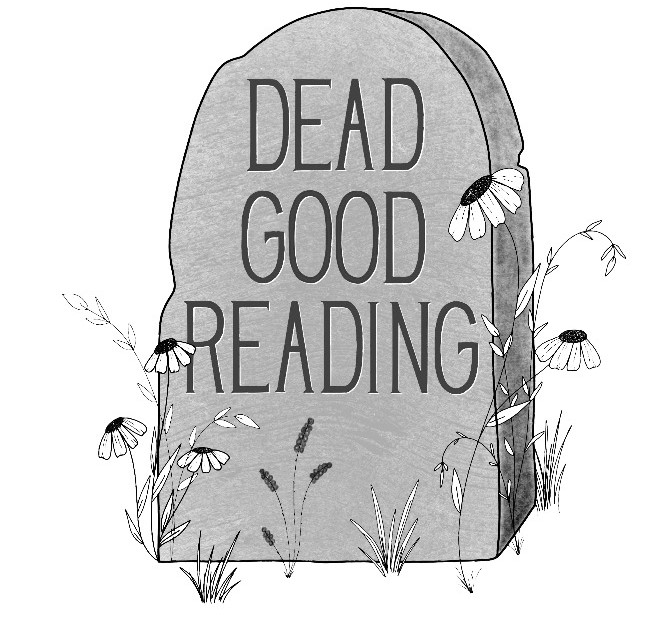This blog was originally published April 19, 2021
As we are still in the midst of a global pandemic, it is very timely that my first review looks at a book that focuses on a different pandemic: the flu pandemic of 1918. This pandemic is estimated to have infected 500 million people, a third of the total population of that time, and to have killed between 20 to 50 million people worldwide, making it one of the deadliest flus of all time.
Copyright Renske Visser – Photo taken in Keskuspuisto, Helsinki.
The Pull of the Stars, written by Emma Donoghue, follows Julia Powers, a nurse working on a maternity ward in Dublin at the peak of the flu pandemic. The hospital were Julia works is overstretched and the maternity ‘ward’ is more like a repurposed make-shift room. Those familiar with Donoghue’s Room know that she excels at creating entire worlds in small spaces. Julia needs to make due with limited resources, and limited staff in a tiny work environment. Caring for three women struck by the flu on the cusp of giving birth, Julia Power is assisted by Birdie Sweeney, a volunteer whose lack of knowledge about the workings of the body do not hinder her trying to help.
The book lends its title from the Italian word influenza, which in its original meaning refers to a disease thought to be influenced by the placement of the stars in the sky. While I like to think that my health is still affected by the moon and the tides, science has since shown that influenza is not caused by the galaxy but, sadly, by a much more mundane virus.
Giving birth is already risky business, and this flu puts expecting women in additional jeopardy. Mortality rates for pregnant women in the 1918 pandemic were high. It is not difficult to see parallels between the current COVID-19 pandemic and the Spanish flu. Pregnant women have a higher change of developing severe COVID. Brazil has even warned women to postpone getting pregnant if possible, as a new COVID variant is much more aggressive during pregnancy. While there have not been many studies on the affect of COVID on pregnancy, or the development of unborn babies, some cases of miscarriage and premature births have been recorded.
Since finishing the book, I have recommended it to many of my friends, but subsequently have retracted this recommendation when some announced they were pregnant. While I know there have been many technological developments in midwifery since 1918, I do worry for women who have to give birth during a pandemic. So if you are pregnant, don’t read it…just yet.
The book describes just a few work days of Nurse Julia Power, but the intensity of working in these conditions makes it feel like you are with the characters for much longer. I personally feel that my sense of time has altered since COVID-19 has come around the corner. A day can feel like an hour, or a week, simultaneously.
This book highlights that maternity wards are not just places of life, but very much places of death as well. Midwifery is not solely about helping women to deliver new life, but equally about preparing women for death, albeit their own or their baby. The presence of death is exacerbated because of the pandemic but it is a powerful reminder that, even in non-pandemic times, life and death go hand in hand on a maternity ward.
We can look back on the influenza pandemic as a thing of the past. I only vaguely remember my parents telling me as a child that family members died of “the Spanish flu”. While it is a comfort to know that a hundred years later this pandemic has been erased from our collective memory, and that there is life beyond the pandemic hopefully we still remember some key lessons, not least the length of time for these pandemics to fly their course.


Leave a Reply